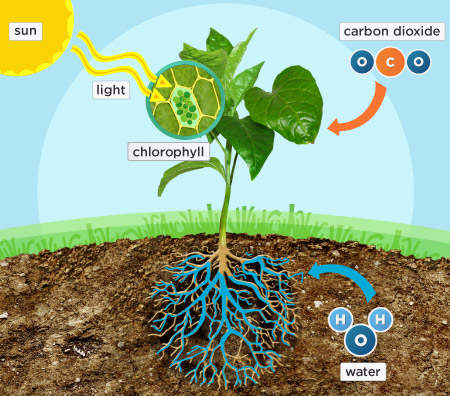Carnivorous Plants
Hey guys and welcome back to my latest post. Today we are gonna be talking about carnivorous plants. Evil beware! MWAHAHAHAHAHAHAHAHA!!
Carnivorous plants live in swampy areas and bogs in southern United States. Plants eat insects because the soil in the swamps are poor in nutrients. The carnivorous plants have to eat insects in order to get nutrients like we get from eating food, and then using it as energy.
The lobster pot trap looks like several tubes sticking from the surface and the string like passageways underground. How they catch insects is that the insects that live underground goes in the string like passage ways and that leads into the digesting chamber inside there then they digest the insect.
The dewy pine plant looks like a plant with long
leaves that curl up that have sticky substances on the leaves. they attract the
insects by the honey smell and they get stuck by the sticky substances in the
plant then curls up. then they decompose by the plant.

The pitfall trap looks like a long tube. They attract insects with their nectar smell on the plant. the insect falls into the tube and in the digestive juice. Then it drowns and rots.
The bladder trap looks like a skinny stem sticking up from the water and little passage ways below the water. They attract the aquatic insects because the insects are trying to get something from the plant. The water comes rushing in the plant and digests the insect.
Sundews look like a stem that has sticky substances on them like fireworks. They attract insects by the sweet smell on the sticky substances. The insect gets stuck on the plant then decomposes the insect.
http://www.plantworlds.com/carnivores2.html
Finally the Venus flytrap looks like a plant like mouth coming out on the stem. They attract insects with their nectar in the "mouth". The insect gets in there and the trap snaps shut. Then it digests the insect with its digestive juices.

How carnivorous plants reproduce is by being propagated by seed reproduction. But they often eat there own pollinators which causes them to reproduce vegetively.
Well, see ya guys later on the next amazing blog. I hope.






